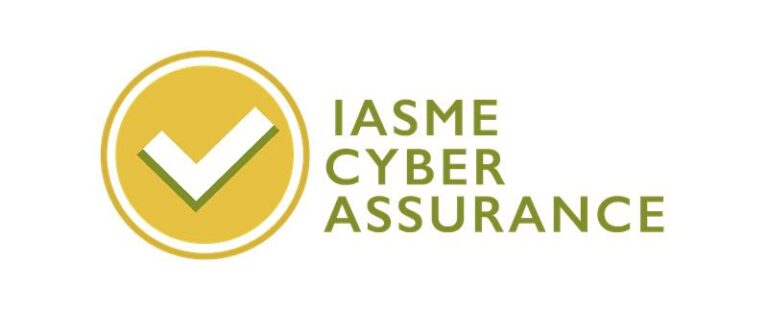Cloud Penetration Testing Services
Get in touch











Why do you need Cloud Penetration Testing Services?
An authorised cyber attack simulation exercise against cloud assets hosted on a cloud provider environment.
Gartner predicts that, through 2020, 95 percent of security failures in cloud environments will be the customer’s fault.
What can't be tested in the Cloud services?
Cloud technologies or cloud system that belongs to the cloud management such as underlying cloud infrastructure, cloud providers facilities, other partners or vendors cannot be tested in cloud penetration testing. Lets get this shared responsibility model right, it simply means:
Cloud providers are responsible for security of the cloud
The tenant or organisation client is responsible for security in the cloud

Vulnerabilities identified during cloud security testing

Frequently Asked Questions


CREST approved cloud penetration testing company
Cloud Pen Testing Services
See what people are saying about us

Excellent people to work with.
Very good knowledge of requirement and give us correct findings with excellent remedy to improve our security for our B2B portal site.
Harman was great, really knowledgeable
Harman was great, really knowledgeable, helpful and on hand to answer any questions. The final report was very clear providing the technical information in an easy to read format which could be understood by the leaders of the business.
My experience of the team was 5 star.
They were so helpful, and their technical delivery and client communication were excellent.
Extremely satisfied
Extremely satisfied with approach, speed and end results. Thanks.
Benefits of Cloud Pentesting Services
Our approach to Cloud penetration testing
Public cloud providers have cloud penetration testing policies that define what activities are permitted and prohibited in their environment. These policies are similar to other policies such as network stress testing and DDoS simulation testing. Examples of cloud penetration test rules of engagement can be found on cloud provider portals.
Before conducting a cloud penetration test, businesses should work with security partners to create a plan that covers:
- Applications and data access to be tested.
- Network access and any relevant laws and regulations.
- The assessment approach (white, grey, or black box).
Constantly identifying vulnerabilities in cloud environments is very important. The right toolset, whether automated or manual, is crucial for effective cloud application security testing or security audits, both in the cloud and on-premises. A thorough requirements analysis is essential to determine the best approach.
Correct tooling and resource usage are essential for identifying and analysing vulnerabilities. Third-party led cloud penetration testing can reveal security gaps that in-house teams may miss due to familiarity with the environment.
Risk remediation is an essential part of the risk management program of an organisation. We provide risk advice in our deliverables for cloud pentesting services to help the security team analyse and develop remediation plans. Cyphere can provide additional remediation consultancy due to the complexity of risk and the specific skills needed for cloud penetration testing remediation.


